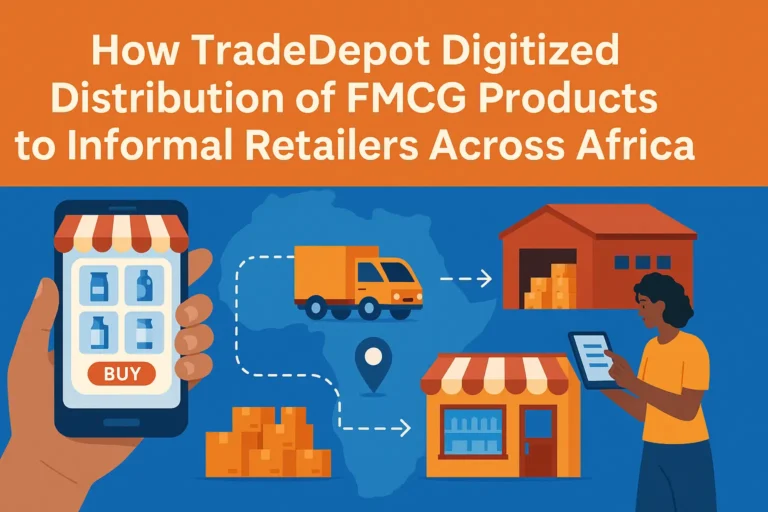
As African businesses and supply chains continue to innovate, product returns, AKA reverse logistics, have emerged as one of the powerful tools driving growth.
However, managing the process, especially when there is so much stress on the supply infrastructure, can be a problem.
In this article, we explore ways businesses can better manage the process. And ensure they and their customers get optimal results.
1. Analyze and Understand the Product Return System
Before fixing or attempting to manage the product return system, it is important to analyze the data to understand why customers return and how the system can be improved.
There are generally two reasons why customers return items. This is either due to a mistake on the part of your supply chain or a customer just taking advantage of the process.
When you have analyzed and understood the process, then you can proffer solutions. For instance, if it is the first, then you know you need to fix the labelling, description, and order processing in your supply chain.
The second may necessitate discouraging the product returns. A very common strategy for this is to make the window of return.
2. Have a Clear Return Policy
A good return policy details the guidelines, instructions, and situations whereby customers can activate a product return. You want to make this policy clear and fair to you and the customer.
When creating a Product return policy, it is important to consider potential flaws in your supply chain and customer reaction. You want to use the following tips when writing a product return policy.
- Return Eligibility
- Set Return Deadlines
- Offer Return Options
- Address the Shipping Cost
- Emphasize any Limitations or Exceptions
With a clear Product return policy, you can cut unnecessary product returns by up to 20%, especially when there is no room for gimmicks or tricks.
3. Integrate Outbound Logistics With Reverse Logistics (Product Return)
Your vehicles are going to return, right? They might as well pick up goods along the way. Integrating your outbound and reverse logistics operations can greatly simplify the process. It will also reduce costs for both operations.
Despite the benefits, though, the process of integration might be a complicated one. This is because of the need to lap schedules, especially when the timing is tight.
When done well, delivery vehicles can be rerouted after drop-off to product return locations nearby. You may need to expand your capacity to handle the integration properly, but the ROI far outweighs the initial cost.
It improves the speed of the process, enhances the customer experience, and helps you save resources.
4. Automate the Process
There are tech solutions that can help simplify and streamline the product returns process. With these solutions, your supply chain chain can reduce errors and improve the efficiency of the process.
Examples of such tech solutions are reverse logistics and supply chain management, RFID, and Refund merchandise authorization system.
These tech solutions might work differently with the supply chains on the continent, but they can help facilitate the entire process from start to finish.

Obinabo Tochukwu Tabansi is a supply chain digital writer & ghostwriter helping professionals and business owners across Africa explore various strategies that work and learn from the success and failures of various supply chains across the globe. He also ghostwrites social content for logistics & supply chain businesses








